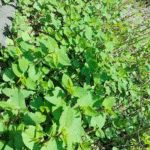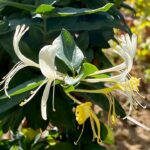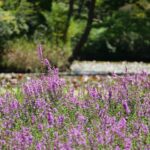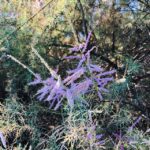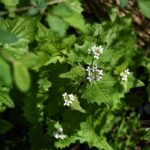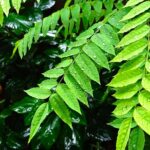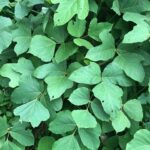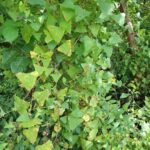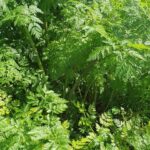Do you know invasive plants are the second cause following forest destruction for biodiversity loss?
The invasive species outcompete the native plants for nutrients, light and space and can eradicate the native species.
Thus, read till the end to learn everything about invasive species so you can recognize and know how to prevent them from annihilating native plants.
Table of Contents Show
What are Invasive Plants?
An invasive plants are often non-indigenous capable of aggressive reproduction, and can monopolize the surrounding resources.
That said, invasive plants could also be native plants that can cause environmental harm.
Alien invasive plants from foreign places have low to no natural predators to control their spread.
Thus, they rapidly take control of the space with time and outcompete all surrounding plants.
What Makes A Plant Invasive?
An invasive plant shares multiple characteristics that make them different and invasive in a particular region.
- Aggressive & Easy Reproduction: Invasive plants can reproduce sexually or asexually and produce seeds in large quantities at once.
- Sturdy, Hard to Kill: Invasive plants are hardy plants that adapt to new conditions with no pests and diseases to kill them.
- No Natural Predator: They do not have natural predators in new environments to control and tame their rapid spread.
- Rapid Growth: They germinate faster and stay green until late fall than any other native plants, giving them more time to consume all resources leaving nothing for native plants.
- Eliminate Competition: They produce harmful chemicals that affect and inhibit other plants’ growth.
Examples of Invasive Plants and Their Effects
Some of the invasive species that are taking a toll on the current ecosystem all over the globe are:
The survival of the fittest is the best-fitted definition for the exponential growth of immigrant plants.
They populate themselves faster than any other plants, can eat up all nutrients and ultimately disturb the overall ecosystem.
Some of the detrimental effects that invasive plant brings on the existing ecosystem are:
- A rapid drop in native plants’ population results in complete extinction, which in turn negatively impacts wildlife dependent on it.
- Invasive turbulence in the ecosystem can alter the nutrient recycling system and influence soil chemistry, making it difficult for existing plants.
- Furthermore, they can greatly degrade the water quality and availability and disturb the watering flow, leading to a flood.
- They can increase the frequency of abrupt wildfires as they act as fuel, causing greater habitat loss.
- Industries that rely on the agro-biodiversity of the region can greatly suffer a loss due to lower yield.
- Control and prevention measures can cost fortunes as they are extremely expensive.
Why Are Invasive Plants: Good or Problem?
Even though invasive species pose more threats and effects on the ecosystem, they can also sometimes serve some benefits.
For instance, some flowering and fruiting plants like honeysuckle or autumn olive have juicy fruits.
Furthermore, the desertic area of southern Iceland is now becoming purple with the help of Lupine.
Thus, even invasive species can become useful and help increase biodiversity.
However, the unintentional intervention of invasive species poses graver dangers to wildlife and humans.
Unfortunately, humans are the major contributing factor in transmitting non-native species from one place to another.
How to Control Invasive Plants?
As invasive species reproduce exponentially, the only way to control and prevent their detrimental retrograde effects is to uproot them as soon as possible.
However, it is not a practical approach for the already severe infestation in a larger area.
Also, the control practice becomes more expensive with the increasing population of such species.
In severe cases, they are controlled by using herbicides, introducing natural predators and vigorous planting of native plants.
Here are a few things you can do to help preserve the ecosystem’s delicate balance and prevent invasive plant invasion.
- Keep yourself informed about the plants that are native to your locality.
- Take pictures of unfamiliar plants and use them to report in online local forums or communities.
- If you spot any invasive species in the plant shops, inform the shopkeeper about its invasive nature and effects.
- Try to participate in programs that focus on removing and controlling invasive species in your area.
- Start planting native plants like Bob Dylan to support local wildlife in your garden.
- Don’t bring wild seeds or flowers you are unfamiliar with.
From Editorial Team
The invasive nature of plants depends on the place!
A plant reported as invasive in one geographical region may or may not be invasive in another.
Furthermore, not all non-native, foreign plants are invasive. So, duly study the plant profile before uprooting them.
All The Best!

